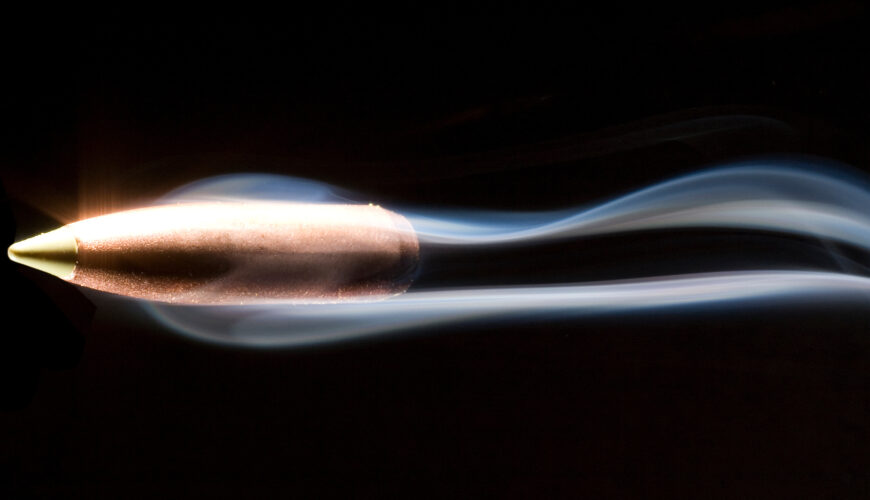Tactics
After The Shot: How to Blood Trail Your Deer
December 9, 2025 •Doug Howlett
May 30, 2024
Connor Merritt
When it comes to precision shooting and hunting, understanding ballistic coefficients (BC) is crucial. This guide will walk you through the fundamentals of ballistic coefficients, their significance, and the practical applications for hunters.
A ballistic coefficient (BC) is a measure of a projectile’s ability to overcome air resistance during flight. Essentially, it quantifies how efficiently a bullet cuts through the air. A higher BC indicates a bullet with lower drag, meaning it can maintain its velocity better and travel more accurately over longer distances.
For those interested in the technical specifics, the BC is calculated using the following formula:
𝐵𝐶=𝑚/𝑑^2×𝑖
Where:
This formula highlights that the BC is influenced by the bullet’s mass, diameter, and shape. The form factor (𝑖) varies depending on the bullet’s design, affecting its drag characteristics. You can also use a ballistic calculator to make things easier for you, and we’ve already rounded up some of the best ones for you.
One of the main challenges in accurately measuring a bullet’s flight characteristics is the diversity in bullet shapes and types. Different bullet shapes produce different drag curves, making it impossible to use a single formula for all bullets. To address this, standardized drag curve models have been developed for common projectile types:
In each drag curve model, the reference projectile’s form factor (𝑖) is set to 1. If an actual bullet has lower drag than the reference, its form factor will be less than 1. Conversely, if the bullet has higher drag, the form factor will exceed 1. Manufacturers typically publish G1 and G7 BCs, as they are the most widely used and understood by shooters.
Modern ballistics meters, such as the Kestrel Horus model, are designed to measure G1 bullets, while the Applied Ballistics 4500NV can measure both G1 and G7 bullets. These devices incorporate real-time wind and weather data to model bullet trajectories accurately, providing hunters with critical information for precise shooting.
Understanding and utilizing BCs can significantly enhance a your effectiveness when out in the field. Bullets with higher BCs will experience less drop and wind drift, allowing for more accurate long-range shots. When selecting ammunition, considering the BC can help you choose a bullet that will perform optimally in various hunting conditions.
Ballistic coefficients are a fundamental aspect of shooting that every hunter should understand. By comprehending the BC’s role in bullet performance and knowing how to measure and apply this knowledge, you can improve your accuracy and success in the field — whether you’re using standard G1 bullets or advanced G7 projectiles, understanding ballistic coefficients will undoubtedly enhance your hunting experience.

